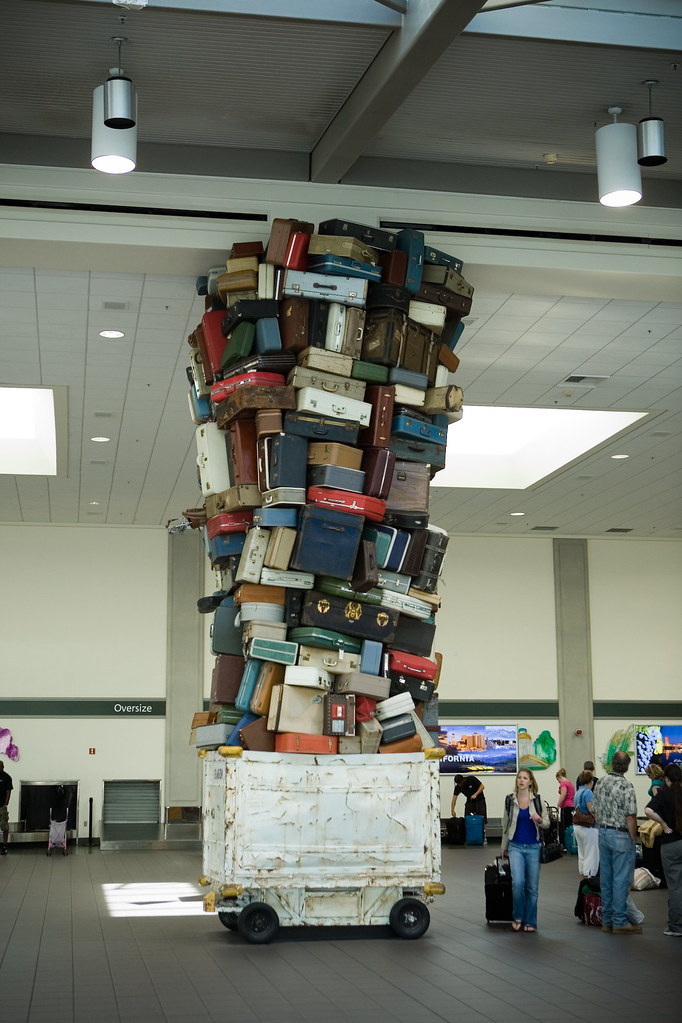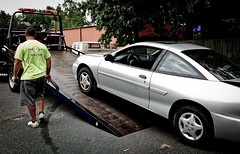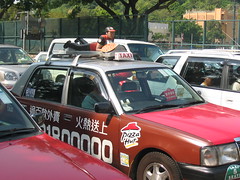The Importance of Uninsured Motorist Coverage
Frequently we see customers who select minimum limits on their Uninsured Motorist (UM) coverage. However, this could very well be a case of being penny-wise and pound-foolish. Uninsured Motorist is inexpensive but important coverage for you and your passengers.
Coverage for YOU
First of all, UM is coverage for you & your passengers. It was recently estimated that one out of every five drivers in California is uninsured. The next time you are on the road, look at the drivers around you. The odds are one of the four cars you see is uninsured.
Secondly, UM (in California) is coverage for both uninsured and underinsured (UIM) motorists. A motorist with minimum limits only has $15,000 available per person for the medical bills for you or your passengers and $30,000 for the entire accident, no matter how many people are involved.
UM is a very inexpensive coverage to buy. As an example, one personal auto policy I looked at that had $100,000 per person / $300,000 per accident limits for UM portion & was only $32!
Many people think that UM isn’t important because their collision and medical insurance will cover these expenses. However, even in the best of circumstances the medical insurance deductibles will not be covered. In addition, some medical insurance policies could exclude injuries caused by another. And, what about your passengers? Your medical insurance certainly wouldn’t cover them.
As a guideline, you may want to consider setting the limits for UM to be the same as your regular automobile liability limits. So, for example, if you have 100,000/300,000 liability limits, you would also want to have 100,000/300,000 limits.
 A recent press release from the California Department of Insurance warned that on Superbowl Sunday more auto crashes occur that any other Sunday. Throughout California, there is a 77% increased risk of an alcohol-related fatal or injury crash this day.
A recent press release from the California Department of Insurance warned that on Superbowl Sunday more auto crashes occur that any other Sunday. Throughout California, there is a 77% increased risk of an alcohol-related fatal or injury crash this day.
 I don’t know about you but I like the idea of a driverless car. While my commuting days are behind me, I can definitely see the advantages. I think the reality is that California missed the boat when it comes to mass transportation and we need something that uses what we have to deal with the constantly increasing number of people that need to get from point A to point B and self-driving cars might just be the ticket. Plus, I like the idea of taking a nap on the way.
I don’t know about you but I like the idea of a driverless car. While my commuting days are behind me, I can definitely see the advantages. I think the reality is that California missed the boat when it comes to mass transportation and we need something that uses what we have to deal with the constantly increasing number of people that need to get from point A to point B and self-driving cars might just be the ticket. Plus, I like the idea of taking a nap on the way. While most auto policies cover rental car use, there are limitations. This article mentions some. Another is loss of use. The rental car company has the right to charge for the time that a vehicle is out of commission due to an accident. Some auto insurance policies cover this and others don’t.
While most auto policies cover rental car use, there are limitations. This article mentions some. Another is loss of use. The rental car company has the right to charge for the time that a vehicle is out of commission due to an accident. Some auto insurance policies cover this and others don’t.

